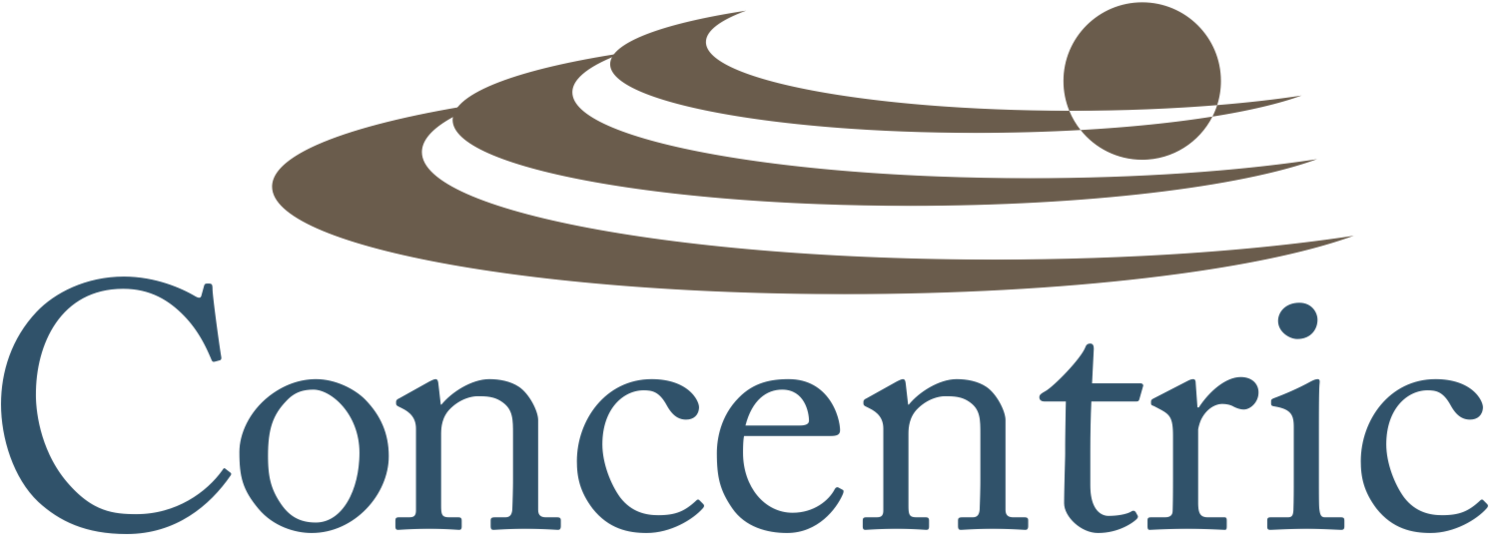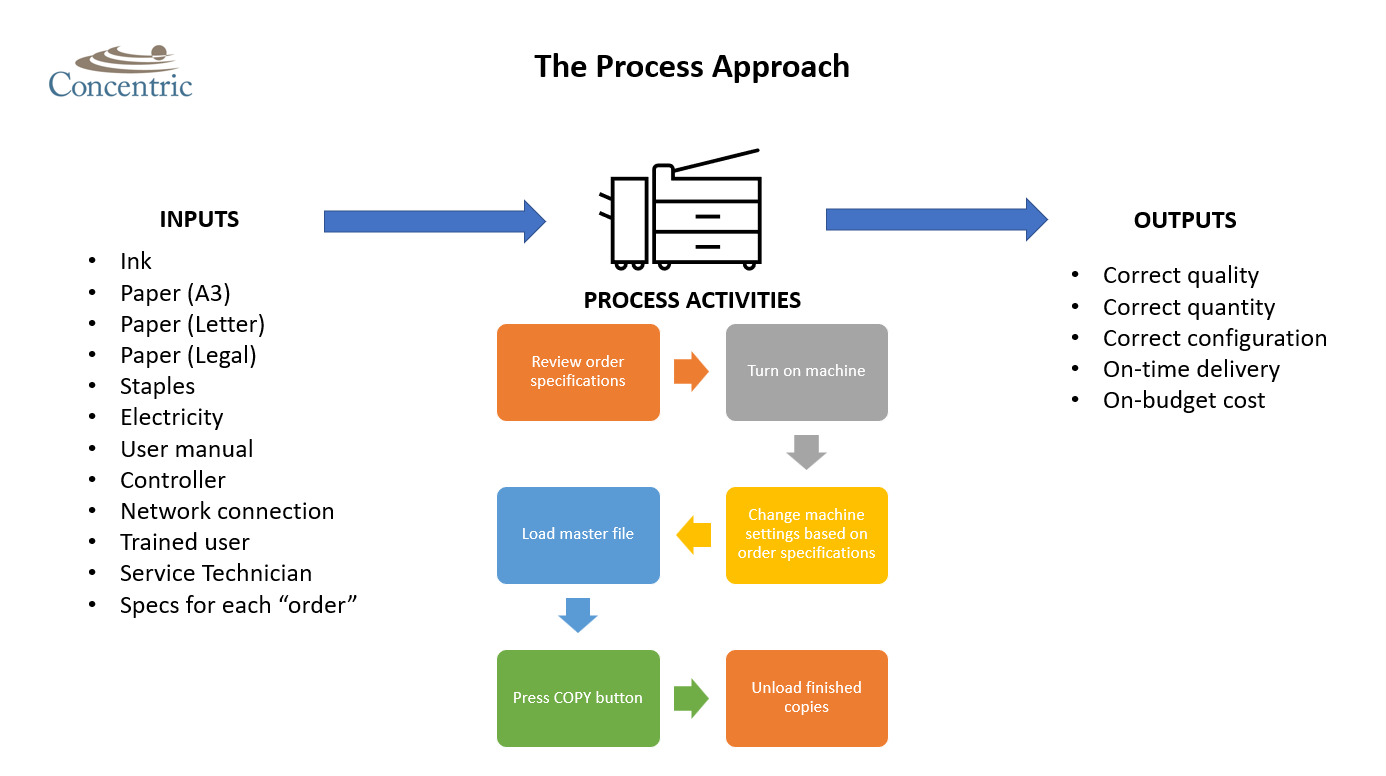The Automotive Process Approach 2.0
This blog is an update to the original blog post Automotive Process Approach (3/15/11). Although the concepts are the same, further guidance has been provided below based on updates to various automotive standards and guidance documents.
The Process Approach
The process approach is taking any activity, or set of activities, that uses resources to transform input to outputs. For example, every day a restaurant tranforms a certain amount of energy and materials into creating a meal for it's customers. The output of the process ---> the quality and efficiency of the meal + facility cleanliness + the dining experience + appropriate cost + other expected elements = meeting the desired results of the customers.
Imagine standing in front of a traditional copy machine. Making a copy, say, of a major presentation for an upcoming leadership review meeting would be the core process where inputs such as the master copy, printing supplies and power are on the left and the finished product is on the right.
Process activities (what you’re doing while you’re standing in front of the copy machine) might include a review of how many copies are needed, turning the machine on, making sure the master copy is the correct revision and so on. The outputs (finished reports) are completely dependent on the inputs + the method of your work in-process. Poor inputs or work activities = poor outputs.
The systematic identification and management of the processes employed within an organization, and particularly the interactions between such processes, is referred to as the “process approach”.
Effective operations depend on:
identification and management of numerous interrelated processes
clear understanding for how processes interact
clear expectation of output from one process equals an input into another
clear communication of roles and responsibilities
an overall understanding of the big pictures (goals & objectives)
The Automotive Process Approach
The automotive process approach is a requirement from the IATF Rules documents (ref. Rules for Achieving IATF Recognition: 5th Edition for IATF 16949:2016). The 5th edition, also known as “Rules 5”, has several updates and improve guidance on how the automotive process approach is defined. Rules 5 is still more confusing than it needs to be - and now is a document you have to pay for. Meh.
Follows is a summary of the updated elements of the automotive process approach, now including elements of risk and opportunities:
plan the audit based on defined processes including their sequence and interactions
audit risks/opportunities that have been identified by the organization
follow audit trails based on potential customer* impacts
compare process performance vs. their defined measures (metrics, targets, etc.) with a focus on targets that are not being met and with the greatest impact on the customer*
corrective (short term) and corrective action (long term) plans where objectives are not being met
follow trails to linkages between customer concerns, performance vs. objectives and relevant documentation such as FMEAs, checklists, control plans, standard work, etc.
auditing how customer-specific requirements (CSRs) are managed including their gathering, how they’re communicated throughout the organization and ensure they are implemented
auditing applicable IATF requirements during process audits
*Note: Where “customer” is used above, the intent is to also include other interested parties (suppliers, employees, customers, etc.)
Focus on the customer. Is the organization properly managing a list of customer-specific requirements (CSRs) to ensure everyone understands applicable requirements within their work activities?
Focus on organizational performance. Are developing your audit plan and checklist questions based on areas where the organization is NOT meeting planned objectives? Where can you identify risks and opportunities?
Ultimately, the automotive process approach is about common sense in auditing by creating value for the findings you discover. Follow the process, look for areas that are prone to failure and see where there are gaps.
At the end of the audit day, auditing is only as valuable as the insights the auditing activities provide to decision makers. Expect a good 50% of your auditing time to be in the PLANNING stage. Using the automotive process approach, you’ll increase your chances of converting audit findings into a catalyst for organizational improvement. Vroom vroom.


